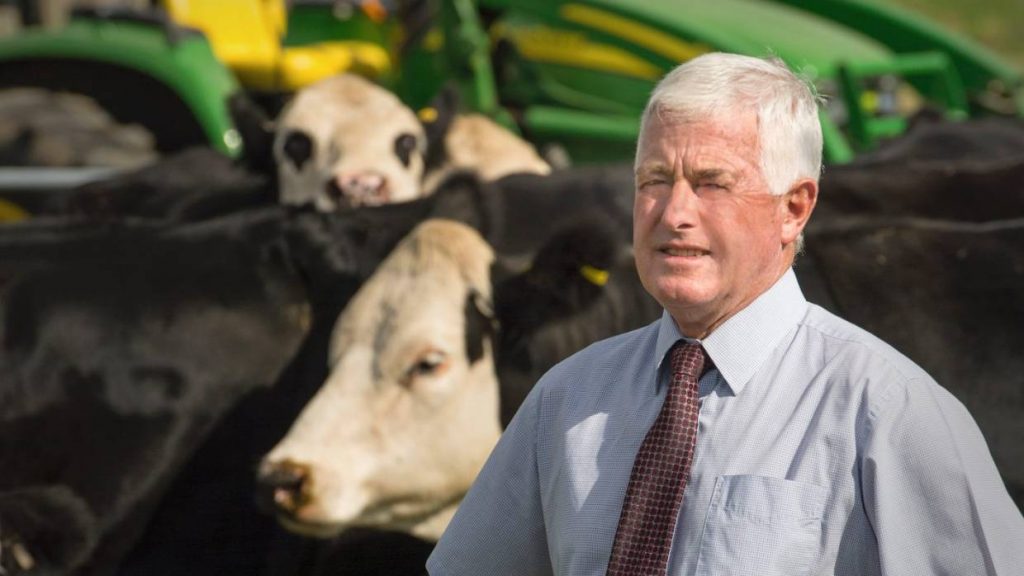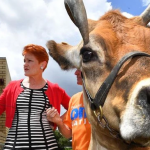
Banking pressures and the financial position of dairy giant Fonterra have been cited as the main factors for another drop in farm sales, which are down 6.7 per cent over the past 12 months.
Despite an 8 per cent increase in the three months to September, the number of farms sold continues to drop as farmers come to grips with compliance laws, freshwater proposals and frugal banks.
Real Estate Institute of New Zealand data shows dairy farm sales have reached near-record lows, down 37 per cent over the past year, after pressures at Fonterra came to a head in September last year when the company posted a record annual loss of $196 million.
Institute rural spokesman Brian Peacock said most dairy farmers were in recovery mode after a period of unsteady payouts.
The outlook for sheep, beef, horticulture and dairy farmers was positive, but the overwhelming raft of compliance and water quality laws, and restrictive lending from banks, had created a mood of caution.
“That mood will be tested in the coming months as more properties come to the market.”
In Manawatū, there were no dairy farm sales in the three months to September, “very light” activity on dry stock properties and a “stirring of bones” in the arable sector.
Nationwide, grazing farms, finishing farms, and horticulture and arable properties have accounted for 87 per cent of all sales.
The lack of dairy farms hitting the market has increased their value, with the median price per hectare up 23 per cent over he past 12 months to $38,100.
“Prices remain steady on relatively light volumes, but reflects a gradual easing over the last 12 months. Spring conditions throughout the country are conducive to good levels of production and… rainfall to date should ensure a continuation of benevolent conditions for the period ahead.”
New Zealand Real Estate owner Peter Barnett keeps a record of nationwide farm listings and says the number of farms advertised this year is the lowest since 2007.
Barnett said the peak listing time for his Manawatū business was in October and November, when farms looked their best.
Barnett said the best season for listings was spring in 2008, when about 190 farms were advertised. Spring this year has produced about 65 listings.
“There’s less dairy farms on the market and virtually no sheep and beef farms. A few weeks ago I was expecting a few more to come on the market and that hasn’t necessarily happened.”
Barnett said lending pressure from banks shouldn’t affect the supply of farms, but he believed farmers didn’t want to sell their farms while payouts were strong and stable.
“There’s less on the market because why give up all that dough?”






















